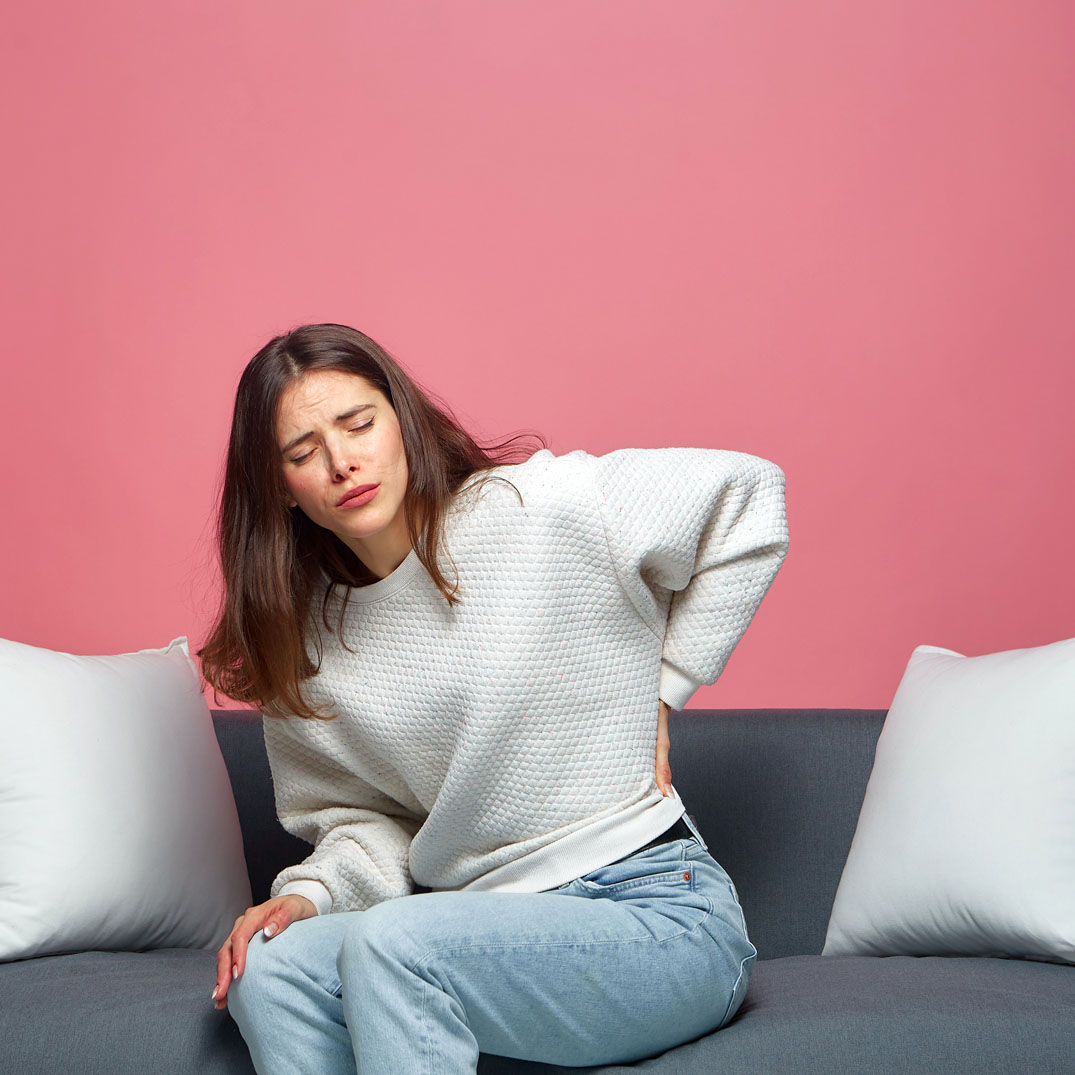
What is Herniated Spine and Intervertebral Disc?
Intervertebral disc disease refers to the degeneration of the rubber cushions that sit between the bones that make up your spine. The discs that make up the spine have a rubbery outer structure, a softer inner structure and a jelly-like center. These discs sometimes slip, become deformed or damaged.
Damaged spinal discs protrude, causing herniated spine disease. Chronic pain occurs in the back and neck. Intervertebral disc patients and herniated spine patients may experience very serious pain while sitting, bending, and carrying loads.
Another bad thing about damaged discs is that they put pressure on the spinal nerves. Due to the nerves under pressure, unbearable pain, weakness and numbness appear in other parts of the body.
Causes of Herniated Spine and Intervertebral Disc
Intervertebral disc degeneration and herniated spine can have different causes.
Age: With aging, the structure of the discs between the spine may deteriorate and hardening may occur.
Accident: In traumatic accidents, a blow to the spine or body of the patient may cause disc slippage and herniated spine disease.
Developmental disorders: Structural disorders of the person during growth can cause damage and slippage of the discs can weaken the discs, resulting in structural deterioration. Other closely related definitions help distinguish between degenerated and damaged discs and painful and non-painful discs.
Symptoms of Herniated Spine and Intervertebral Disc
Symptoms of intervertebral disc and herniated spine include:
- Unbearable pain in the patient's back and neck area
- Having difficulty bending over, sitting, or carrying a load.
- Pain on sudden movements
- Numbness, weakness in the limbs
- Pain in the arms and legs
- Fatigue, early fatigue
Treatment Options
- Exercise and physical therapy: Bed rest is not recommended for the patient. On the contrary, it is recommended to continue the movements in which he does not feel pain. In this way, spinal nerve inflammations are reduced.
- Medicine: Medicines can be used to reduce pain, facilitate movement of the patient and relieve inflammation.
- Surgery: Cervical Spine or Lumbar Spine Surgery can be operated. Both surgeries are performed if the patient's symptoms cannot be reduced with medication and physical therapy. Surgery is also required in cases where the spinal cord is at risk.
